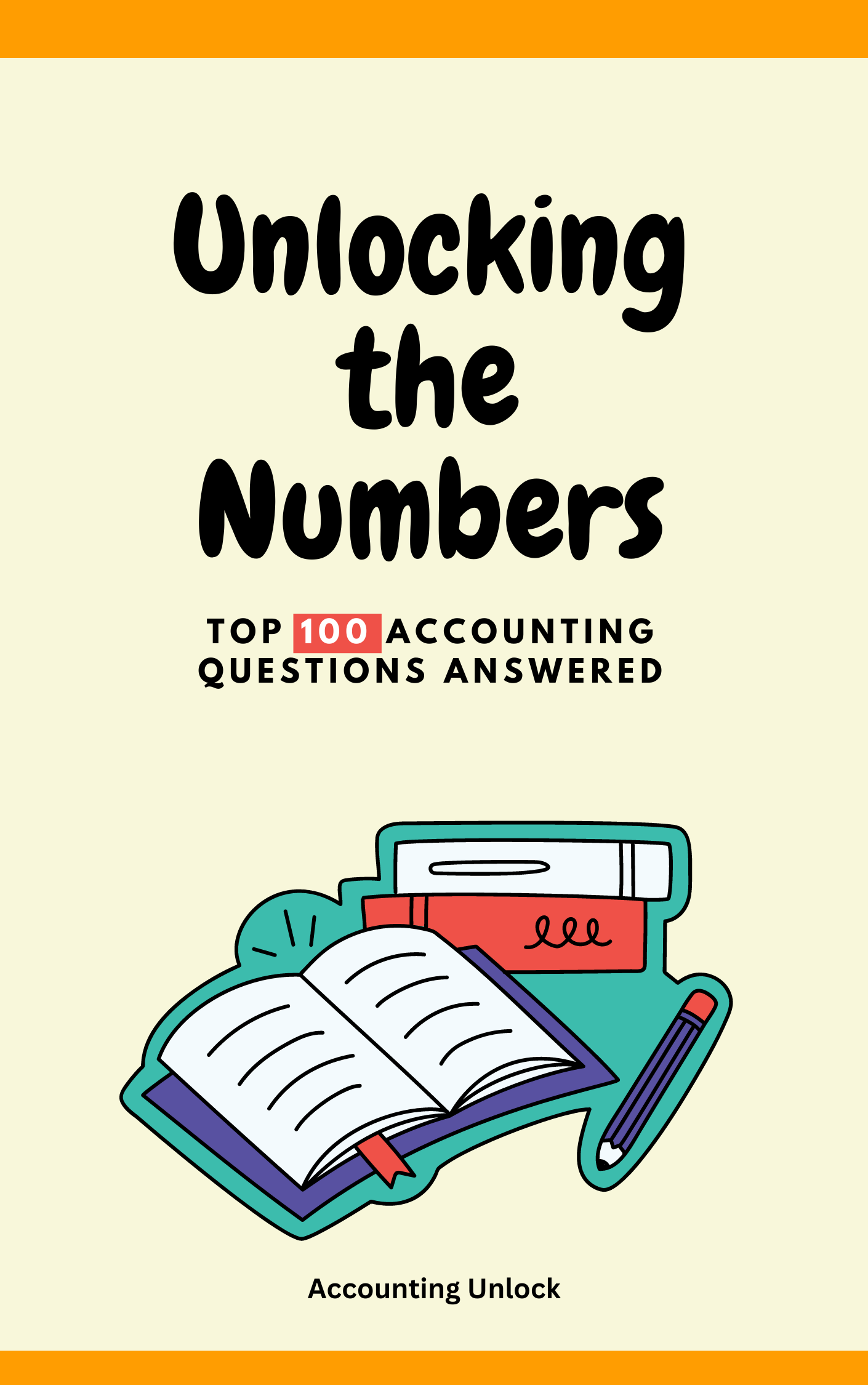Hey there, accounting adventurers! Ever stumble upon “backlog depreciation” and feel like you’ve fallen into a financial black hole? Don’t worry, it’s not a monster lurking in the depths of the balance sheet! Think of it like a bonus round for depreciation, a second helping of value decrease that gives your financial pie a bit more spice.
Imagine you run a vintage video game store and scoop up a rare, pixelated gem of a game. You pay a ton for it, but you know its value will fade over time as new, shinier games come out. That’s regular depreciation, slowly nibbling away at the game’s price on your financial books.
Now, picture this: some customers find your retro gem irresistible and snatch it up for even more than you paid! Suddenly, the game’s value increases. That’s where backlog depreciation comes in, like a financial superhero giving your video game a power-up! It takes that extra value and spreads it out over the remaining years of the game’s “life” on your books, making sure your financial picture reflects the unexpected boost.
Here’s how it works:
- Regular depreciation: You slowly deduct a portion of the game’s cost each year, reflecting its wear and tear (or pixelated fading!).
- Value surge: The game unexpectedly becomes a collector’s item and its price skyrockets!
- Backlog depreciation: You recognize the increased value and spread it out over the remaining years of the game’s financial lifespan, giving your books a little financial cheer.
Backlog depreciation isn’t used everywhere, but it’s helpful when assets suddenly increase in value.
Real-world example:
Think of a company that owns a valuable piece of land. If the land’s price unexpectedly shoots up due to a new development project, backlog depreciation allows them to reflect that rise in their financial statements, giving a truer picture of their financial health.
Key points about backlog depreciation:
- Recognizes an increase in an asset’s value after regular depreciation has begun.
- Spreads the increase out over the remaining useful life of the asset.
- Provides a more accurate picture of the asset’s financial position.
Remember, backlog depreciation is like a hidden treasure in the accounting world. So keep learning, young adventurers, and keep exploring all the exciting corners of financial knowledge!





